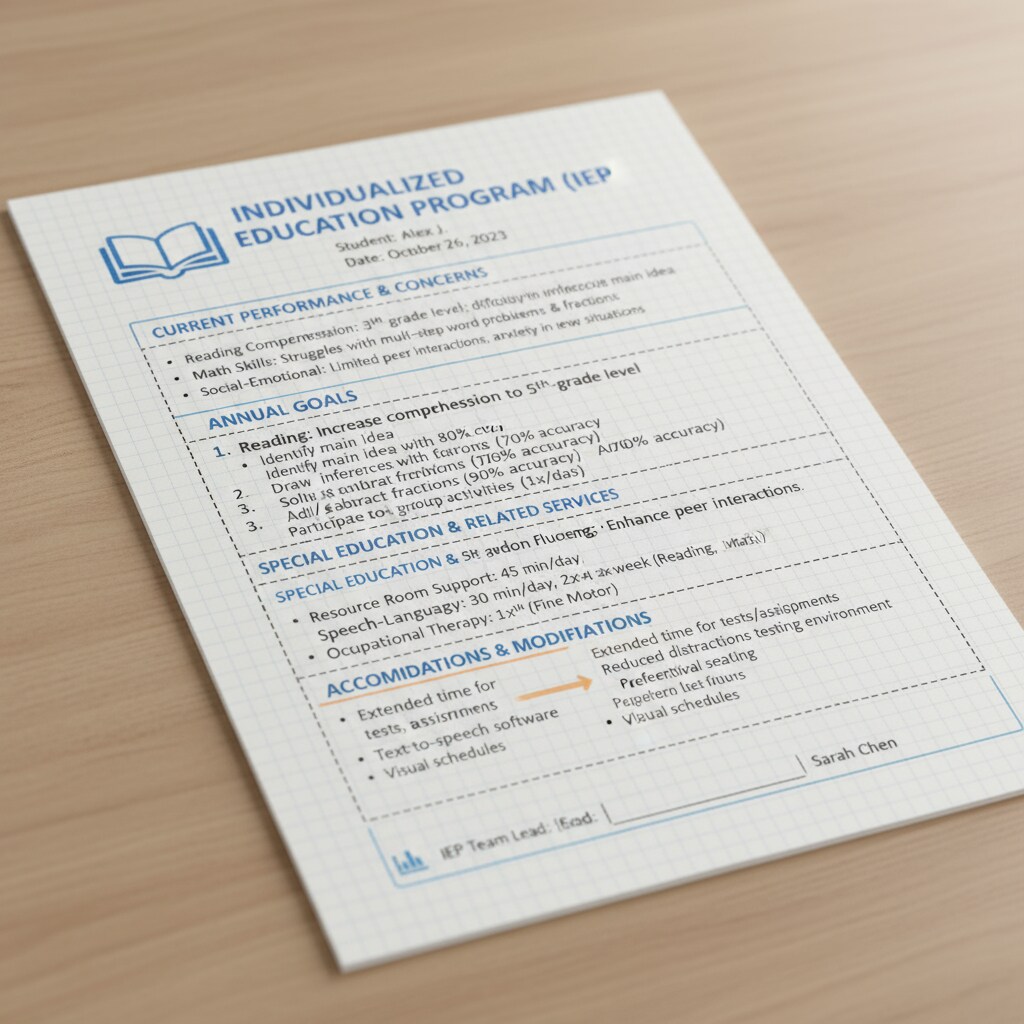In the realm of special education, teaching assistants often encounter reading comprehension difficulties when dealing with IEP (Individualized Education Program) files. These files are crucial as they outline the specific educational needs and support strategies for students with special needs. However, understanding them can be a complex task.

As we explore this issue further, it’s essential to first understand what these difficulties entail.
The Hurdles in IEP Comprehension
One of the primary challenges special education teaching assistants face is the technical jargon used in IEP files. Terms like “specific learning disability,” “functional behavioral assessment,” and “least restrictive environment” can be confusing for those not well-versed in special education terminology. For example, the concept of “least restrictive environment” requires a deep understanding of educational law and the rights of students with special needs. According to Understood.org’s guide on IEP terminology, these terms are used to precisely define the educational plan for each student, but they can pose a significant barrier to comprehension.

Reasons Behind the Difficulties
In addition to the jargon, the lack of standardized formatting in IEP files can also cause confusion. Different schools or districts may use different templates and structures, making it hard for teaching assistants to quickly locate and understand the key information. Moreover, the individualized nature of IEP files means that each one is unique, tailored to the specific needs of an individual student. This variability can be overwhelming for teaching assistants who are trying to make sense of the information. As stated in the U.S. Department of Education’s regulations on IDEA, the IEP must reflect the individual circumstances of the student, which while necessary, adds to the complexity of comprehension.
Another contributing factor is the limited training that teaching assistants often receive in IEP interpretation. Many assistants may have a general background in education, but lack in-depth knowledge of how to analyze and apply the information in IEP files. This lack of training can lead to misunderstandings and ineffective implementation of the educational plans.
Readability guidance: The above paragraphs break down the difficulties and reasons in a clear and concise manner. Short paragraphs are used to make the content more digestible. Transition words like “moreover” and “in addition” are used to connect ideas smoothly. Each H2 section has a focused discussion and provides relevant external links for further information.
To overcome these challenges, several strategies can be employed. First, providing comprehensive training on IEP terminology and interpretation is crucial. Schools and districts should offer workshops or online courses that specifically target teaching assistants, helping them become familiar with the language and concepts used in IEP files. Second, creating a standardized format for IEP files within a school or district can greatly improve readability and understanding. This would allow teaching assistants to quickly find the information they need. Finally, encouraging collaboration among teaching assistants, special education teachers, and other professionals can provide a support system for sharing knowledge and clarifying misunderstandings.
In conclusion, while special education teaching assistants face reading comprehension difficulties when dealing with IEP files, with the right strategies and support, they can overcome these challenges. By improving their understanding of IEP files, teaching assistants can better support the educational journey of students with special needs, ensuring that these students receive the individualized support they deserve.


